
In this lesson, students will continue to build on their knowledge of electric circuits by testing materials for conductivity. Students will use Makey Makeys and random supplies to generate a

In this lesson, students will continue to build on their knowledge of electric circuits by testing materials for conductivity. Students will use Makey Makeys and random supplies to generate a

This lesson is an introduction to the sun’s energy. It is mainly an opportunity for students to explore resources and their environment independently or with partners. This allows students to
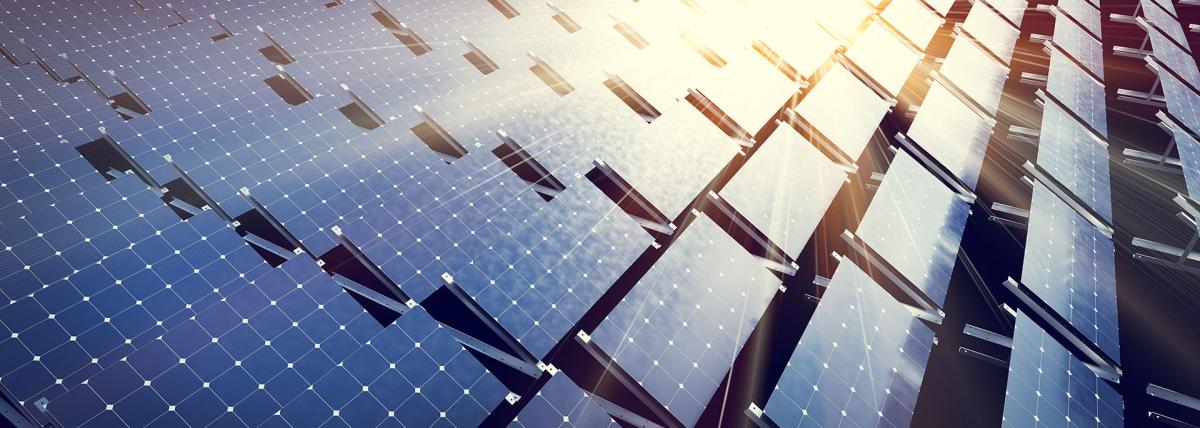
Students begin by using the Google Sunroof website to compare the cost/benefits of installing solar panels on a home's roof using different financial methods- buying, leasing and renting panels. After
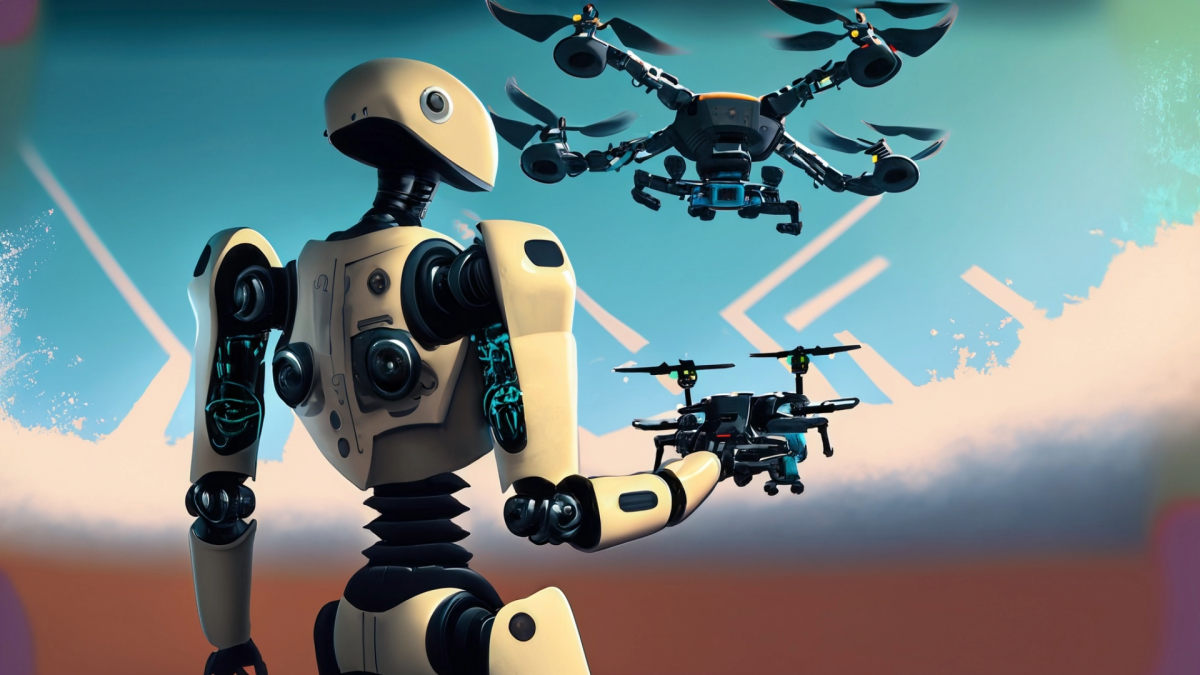
In this lesson students will learn how to maintain their drones: replace batteries and propellers. The students will conduct a propeller altering experiment to determine the effects of changing the
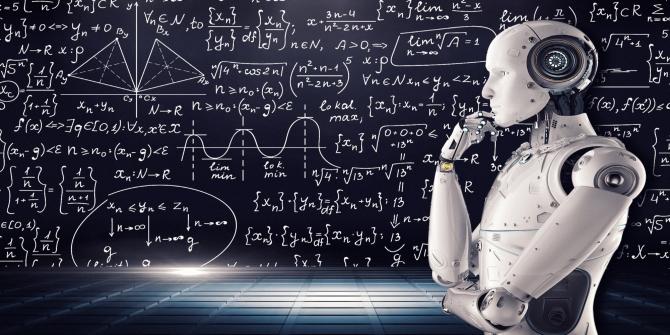
Get ready to engage with some hands-on activities that will illustrate the mechanics of calculating both kinetic and potential energy and unravel the equations for these essential parts of physics.
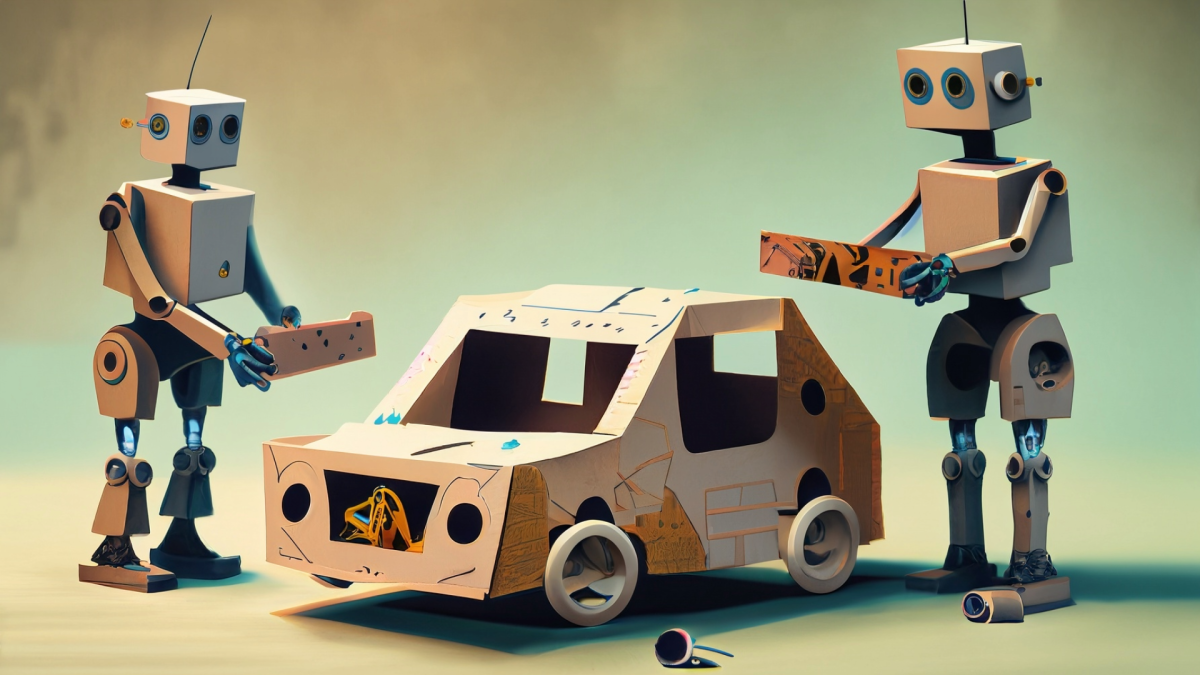
Students are constructing a cardboard control vehicle. Throughout this process, they will practice working with circuits and motors. In this lesson, students will begin working on the electrical

This lesson begins the students' adventures into the wide world of drones. The lesson starts by exploring how drones (UAVs) are used in different fields. This lesson helps to gauge interest in

Students are constructing a cardboard remote control vehicle. Throughout this process, they will practice working with circuits and motors.
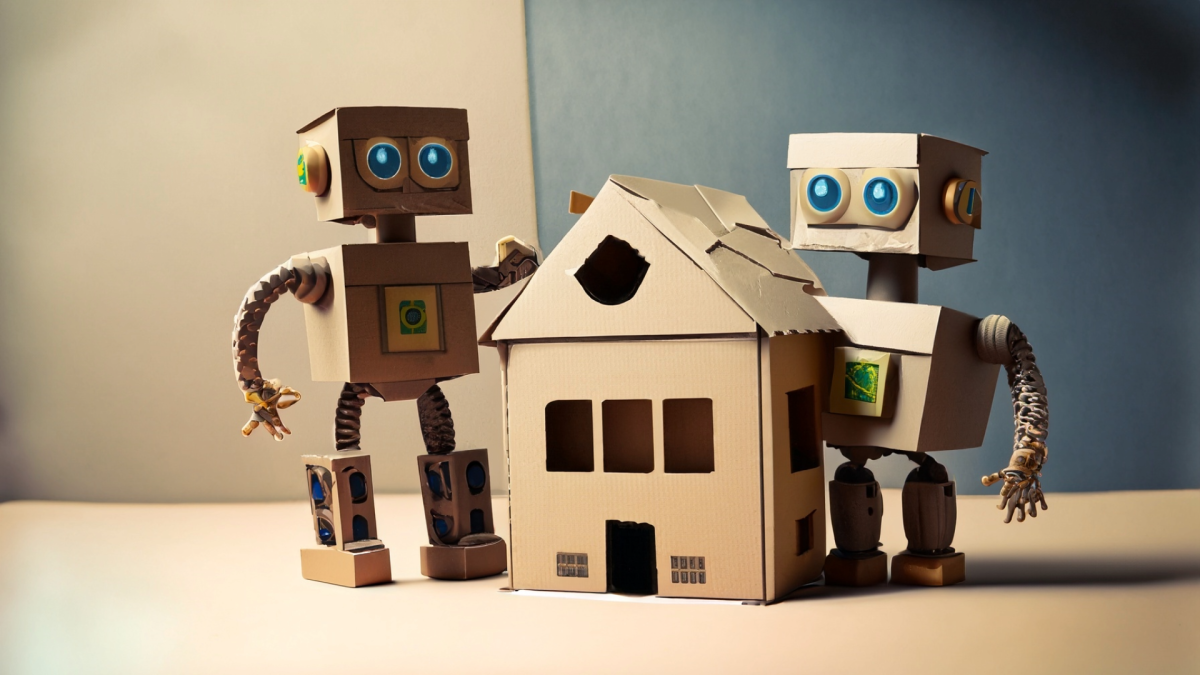
This lesson is for 2nd-5th grade students. It covers a range of AZ science standards and connects to math, reading, and social studies concepts. It also incorporates STEAM hands on activities to